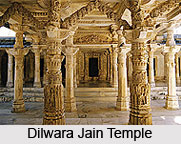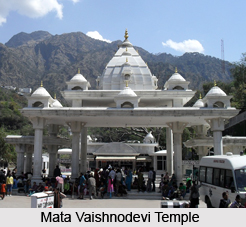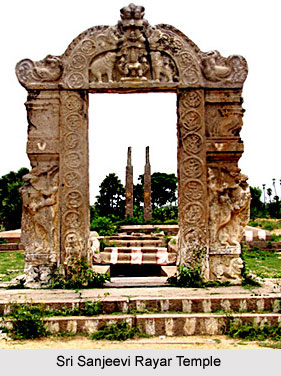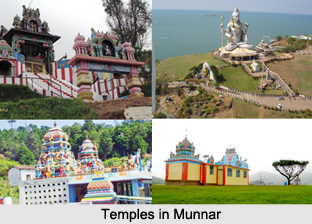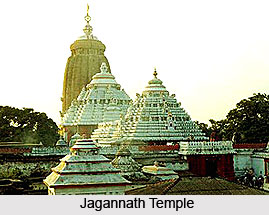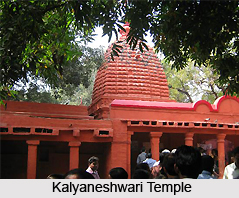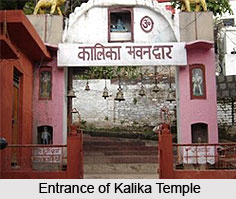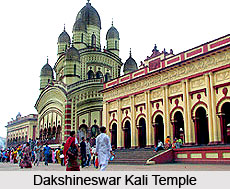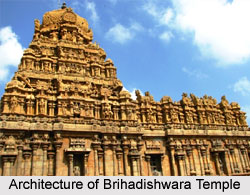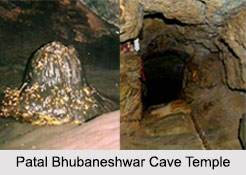 Patal Bhubaneshwar Cave Temple is one of the most mysterious and spiritual place of Uttarakhand. This hidden pilgrimage situated at 1350 meters above sea level is mainly dedicated to Lord Shiva. Patal Bhubaneshwar is a limestone cave situated 13kms from Gangolighat in Pithoragarh district of Uttarakhand. This cave is currently looked after by the Archaeological Survey of India of the Dehradun circle.
Patal Bhubaneshwar Cave Temple is one of the most mysterious and spiritual place of Uttarakhand. This hidden pilgrimage situated at 1350 meters above sea level is mainly dedicated to Lord Shiva. Patal Bhubaneshwar is a limestone cave situated 13kms from Gangolighat in Pithoragarh district of Uttarakhand. This cave is currently looked after by the Archaeological Survey of India of the Dehradun circle.
History of Patal Bhubaneshwar Cave Temple
The Patal Bhubaneshwar Cave Temple was built in the 12th century by the Chandra and Katyuri kings. Adi Shankaracharya visited this cave in 1191 AD. That was the beginning of the modern pilgrimage history, at Patal Bhubaneshwar Cave Temple.
Mythology of Patal Bhubaneshwar Cave Temple
Legend and folklore have it that this underground cave enshrines Lord Shiva and 33 crore Gods and Goddesses. According to a belief, King Rituparna of the Sun dynasty discovered the cave in "Treta Yuga". It has been described in the "Manas Khanda" of "Skanda Purana". It is also believed that this is where Lord Shiva rested when he chose to visit these parts from the celestial heights of His abode in Kailash. The cave, it is believed, is connected by an underground route to Mount Kailash. It is also believed that this cave is internally connected to Char Dham of Uttarakhand.
Way to Patal Bhubaneshwar Cave Temple
The way to the Patal Bhubaneshwar cave goes through a long and narrow tunnel. The journey inside the cave has to be carried in feeble lights, holding protective iron chains. It is believed that the cave is the abode of 33 crore Gods and Goddesses.
There are a number of steps that leads to a narrow passage which transcends into a mystical world. The limestone rock formations can be seen inside the cave creating stalactite and stalagmite figures, resembling many Hindu Gods and mythological creatures some of which are Lord Ganesha, Bhuvaneshwari, Sheshnaag, Sastradal Kamal (lotus flower), Hans (the swan of Lord Brahma), the heavenly tree Kalpavriksha, the udders of Kamadhenu, the Jatas (locks) of Lord Shiva, the Saptahrishimandal (the Seven Rishis), the thousand legs of Airavat the elephant of Lord Indra, the mouth of the dog of Lord Kaal Bhairav, replicas of the original idols of the famous pilgrimage centres of Kedarnath, Badrinath and Amarnath. The Stone formations of Sheshnaag can be seen, holding earth, heaven and the world beneath.












